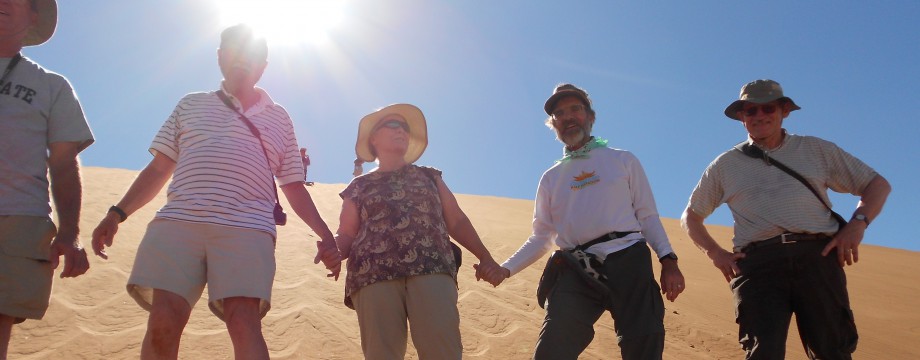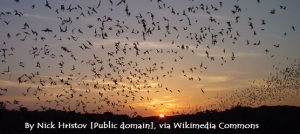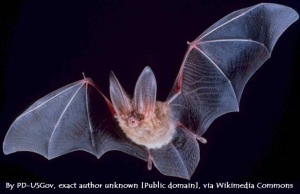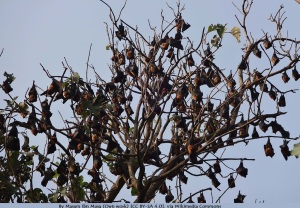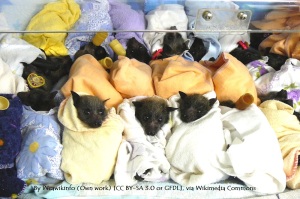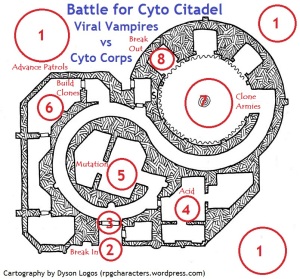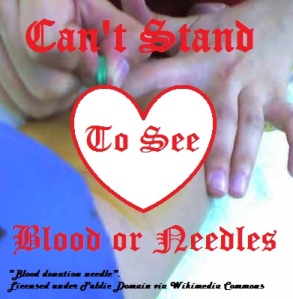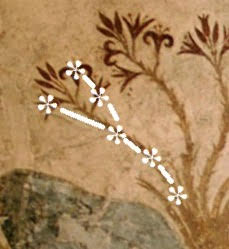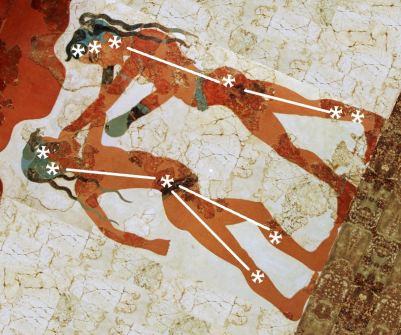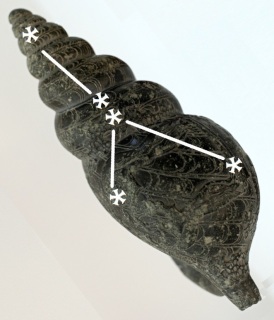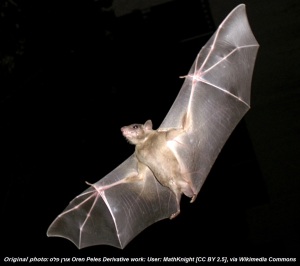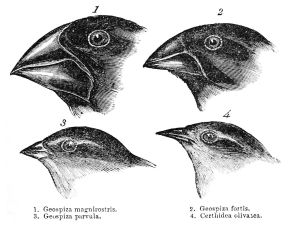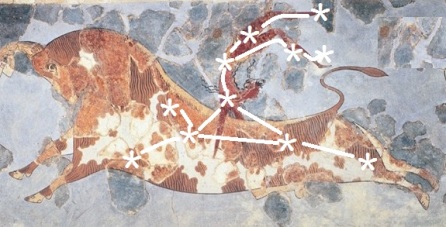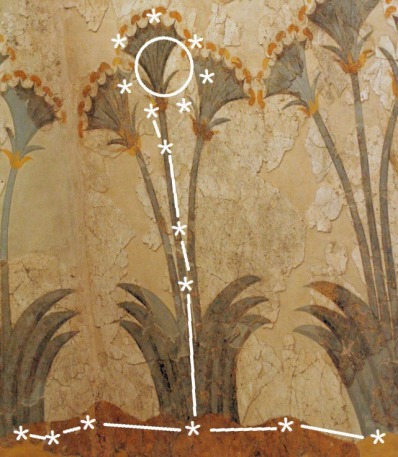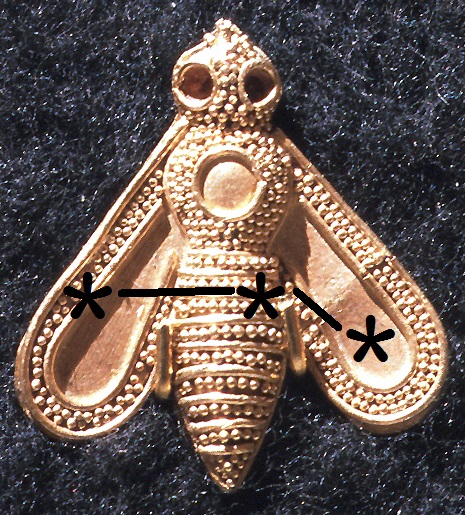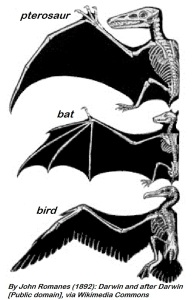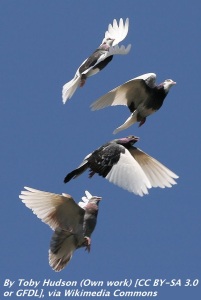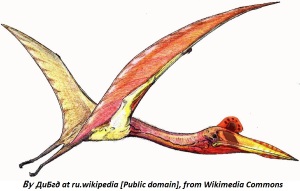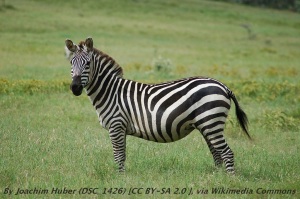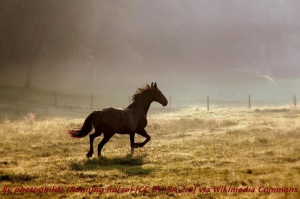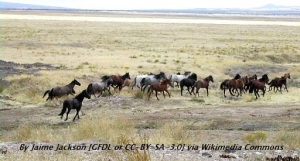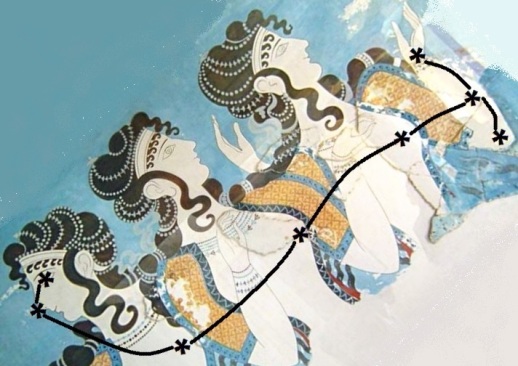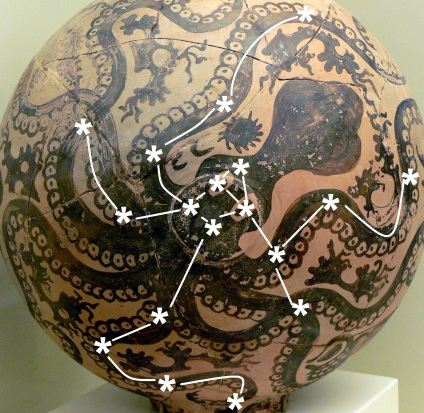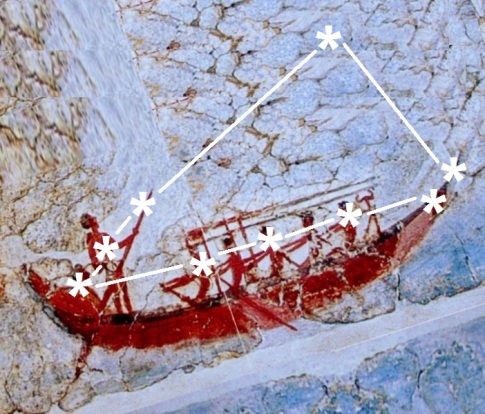
When imagining a volcano most people have three references, one ancient, and two contemporary, but all benign.
Chronologically, the first is the elementary school science project where a volcanic eruption is simulated with baking soda and vinegar. This is notable for its universality and irrelevancy. While it does demonstrate an interesting chemical reaction, it has nothing in common with volcanoes.

In the United States, Hawaiian volcanoes might be introduced next. These volcanoes are active today and are famous for slow-moving lava flows. The lava is beautiful and hot, but nothing to fear.

Finally, we have the Mount Vesuvius eruption and the city of Pompeii. While this volcano killed many people in 79 AD, the quaint ruins do not elicit a fear of volcanoes.
Let’s talk about real volcanoes…
Here is the remnant of a volcano that erupted around 3,500 years ago (the exact date is still open to research and debate). This is the present-day island of Santorini. It is a volcanic caldera with a radius of about 4 miles (6 km). Around 1500-1600 BCE the island, then called Thera, almost completely enclosed the lagoon before the volcano erupted. It was one of the largest events in recent history.
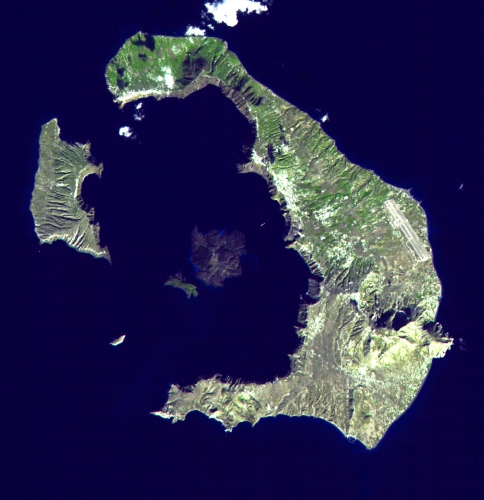
This eruption, sometimes called the Minoan Eruption, was a complex event that occurred over a period of time. Notably, the preliminary seismic activity warned the occupants of the city Akrotiri with enough time and clarity that most managed to evacuate the city prior to the worst of it. Thus, we find many preserved artifacts and buildings, much like Pompeii some 1,600 years later, but few of the corpses.
For an excellent detailed description of the entire event sequence, I highly recommend Tom Pfeiffer’s article at http://www.decadevolcano.net/santorini/minoaneruption.htm.
The following discusses a short-lived sequence in the middle of the Thera eruption sequence. Pyroclastic Flow or Pyroclastic Surge.
A pyroclastic flow consists of pyroclasts (pieces of fire) and hot air. This mixture has a lower viscosity than lava, so can move faster, a lot faster. A pyroclastic flow can move 100s of miles/km per hour at temperatures above 1000 degrees (F/C).
Many flows are driven by gravity like a landslide. They are also powered by expanding hot gasses, a significant component of the pyroclastic mixture. They may also pick up additional energy from boiling water and expanding steam (phreatic eruption).
Importantly, superheated water can support the pyroclastic flow over the ocean for a distance of many miles/km.
The aftermath of a pyroclastic flow is a field of pumice, low-density volcanic rock, possibly many feet/meters thick. In the case of flows that are over water, the pumice can float.
Here is a video of a pyroclastic flow. https://www.youtube.com/watch?v=Cvjwt9nnwXY
If you were there…
The first indication is an explosion accompanied by a large cloud of dust. The hot dust roars down the slope of the volcano quickly. If you are on land and in the path, you can expect to be dead in a few minutes. Historically, pyroclastic flows might kill tens of thousands of people like this.
If you are at sea, you might feel safe with an expanse of water between you and this roiling cloud of hot, possibly glowing, dust.
However, once the cloud reaches the water, the feeling of safety quickly dissipates. The boiling water increases the threat in several ways. First, the steam reduces the viscosity and making it easier to flow. Second, the steam increases the volume and this expansion increases the velocity. Finally, the steam provides a cushion facilitating the movement across the water. The end result is an expanding threat moving faster toward you.
Here is a pyroclastic flow entering the water. https://www.youtube.com/watch?v=FLLZc1zKUt4
If the pyroclastic flow crosses one body of water and reaches land again, it will still be hot enough burn, desiccate, and destroy everything in its path. Generally, the damage of the hot front is not visible because the pyroclastic flow is moving too quickly. However, at the final extent of the expansion, the effects of the heat will be visible, including burning and boiling.
